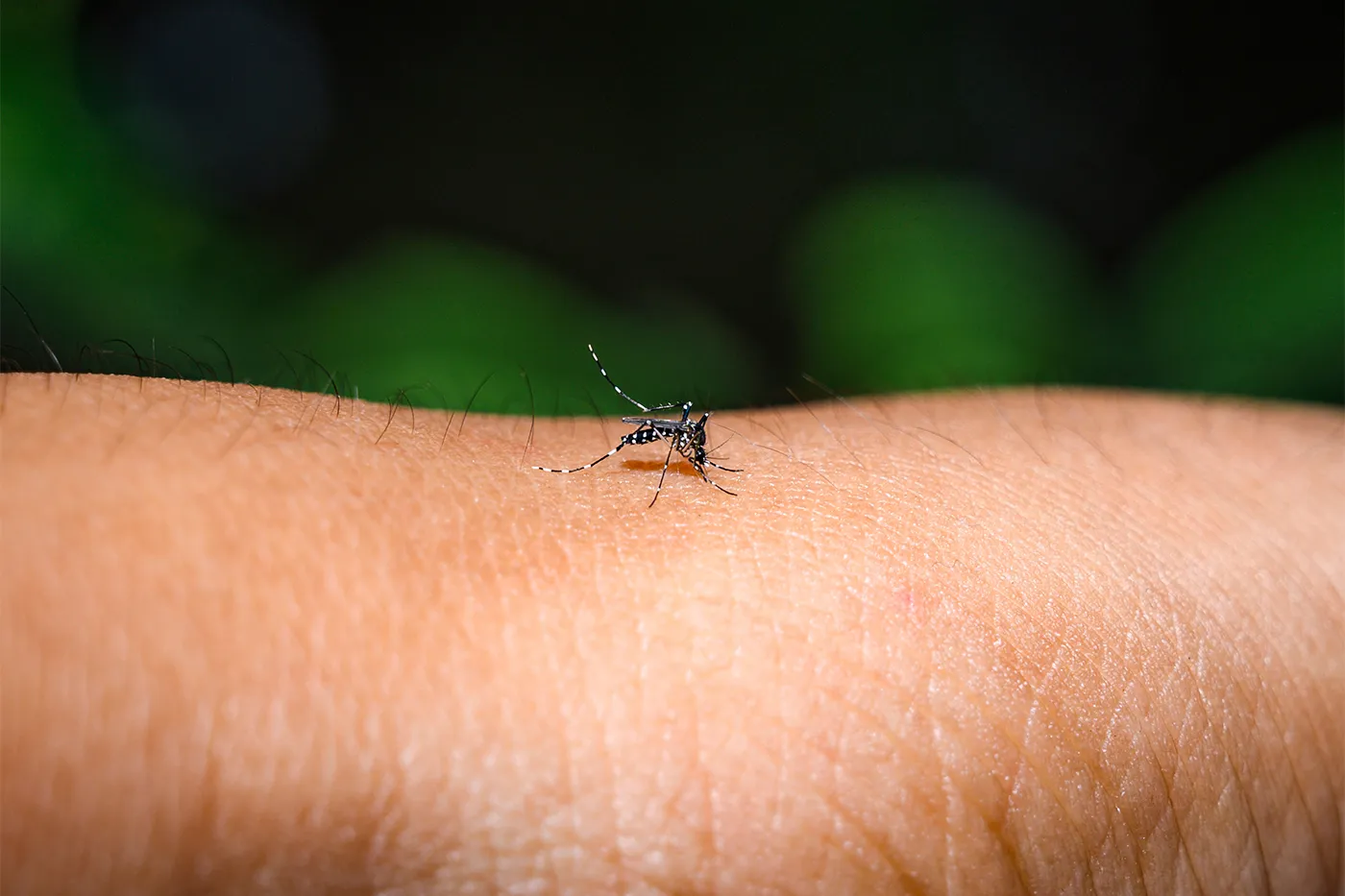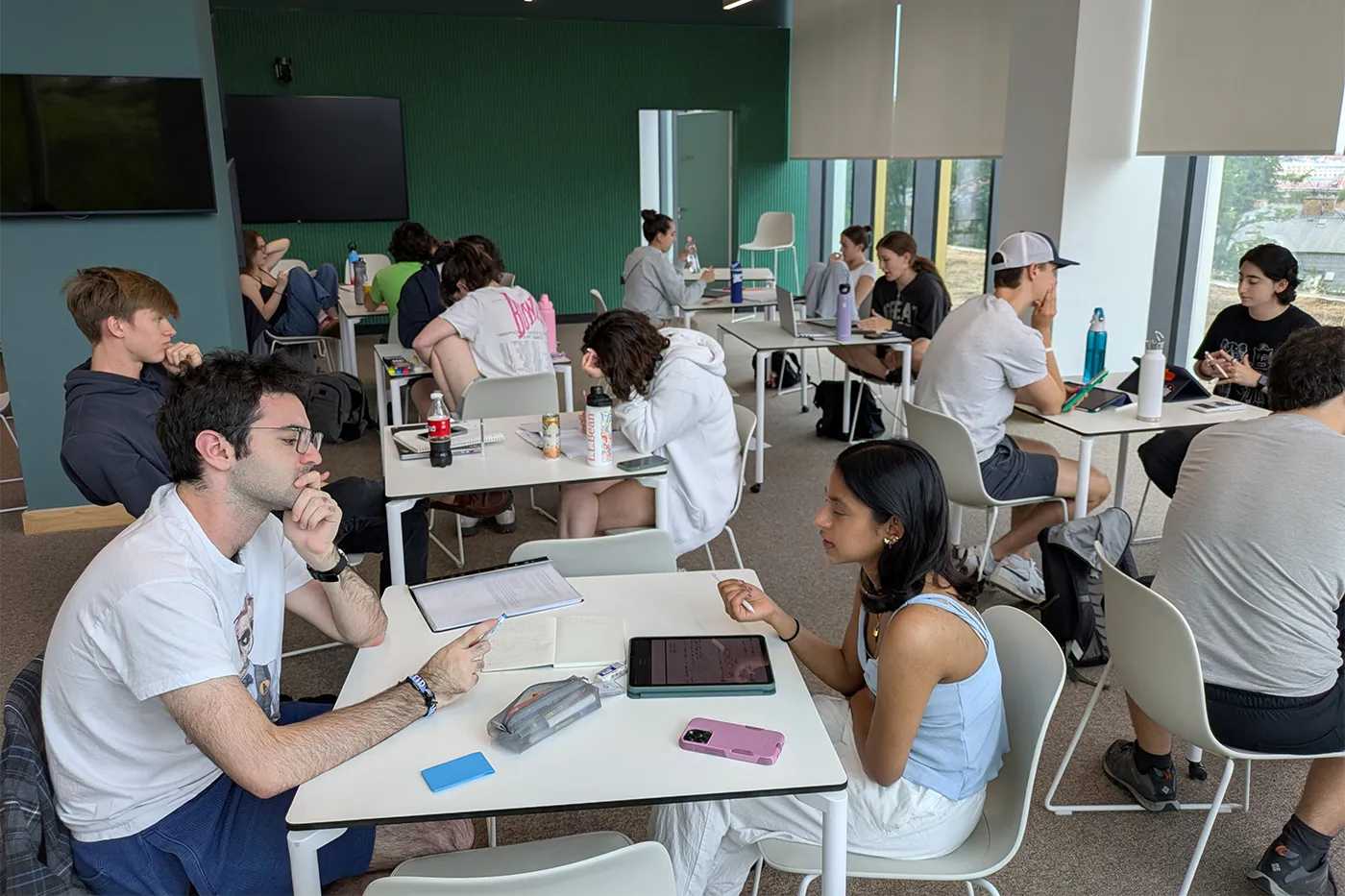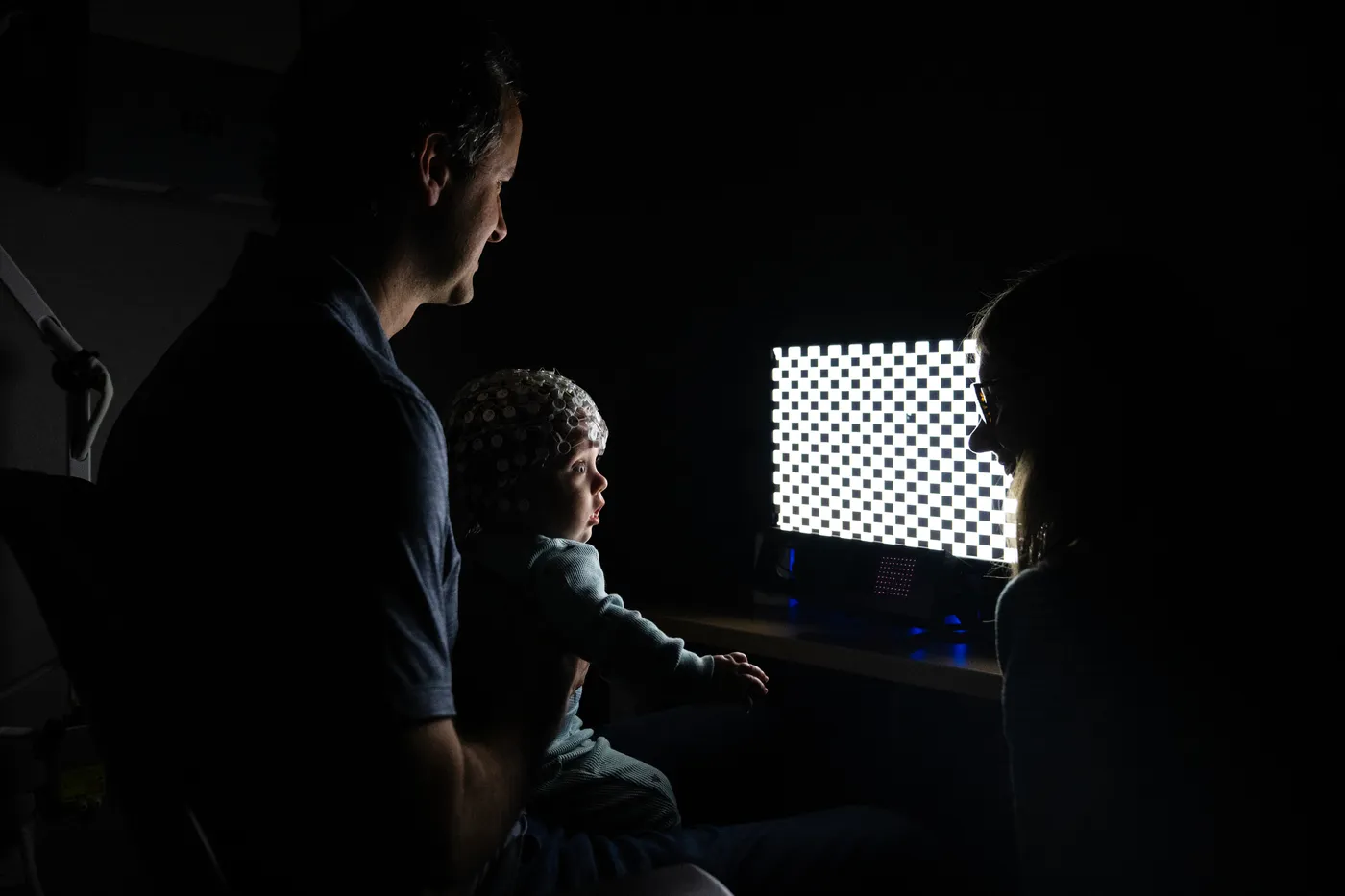Considering how many factors contribute to the worldwide spread of airborne infectious diseases, forecasting pandemics can be a daunting task.
In an attempt to reflect that complex reality, Northeastern’s Laboratory for the Modeling of Biological and Sociotechnical Systems (MOBS Lab) has developed a new, data-driven model that factors in patterns of interpersonal behavior down to the state or province level, enabling epidemiologists to get a closer, more specific look at how diseases spread.
“There’s no one model that fits all nations,” says Ana Pastore y Piontti, an associate research scientist in the MOBS Lab and co-author of a paper outlining this new model, which was published in the journal Nature. “We can break down contact patterns into subnational levels where the people are interacting.”
Read the full story at News@Northeastern









